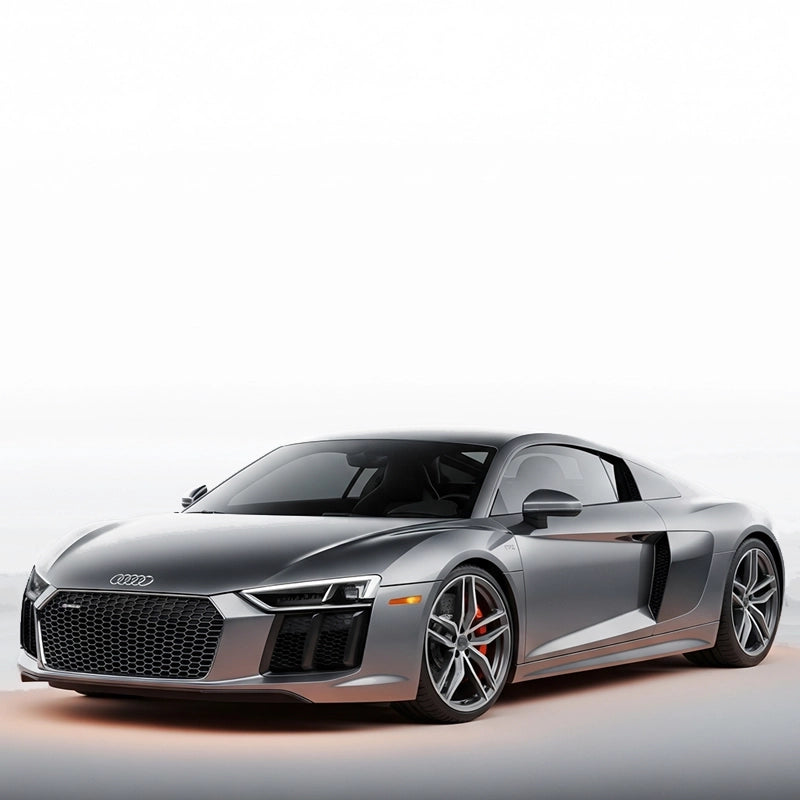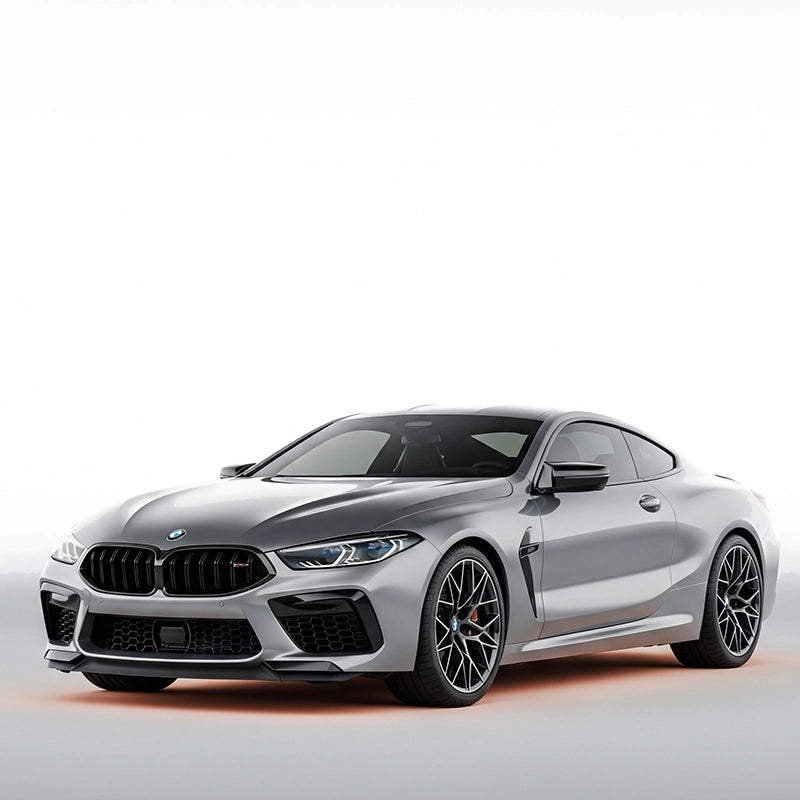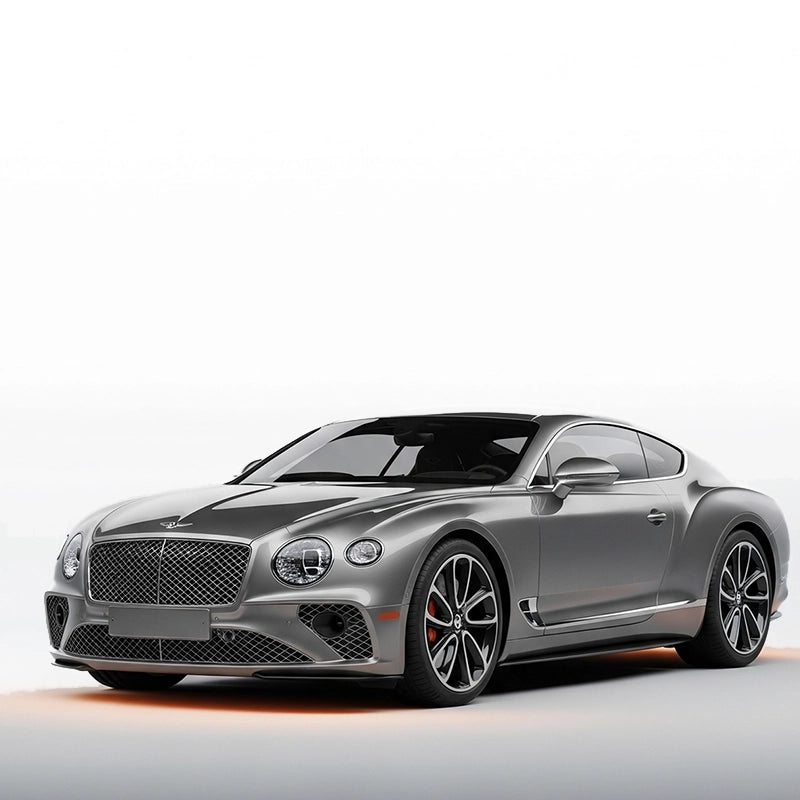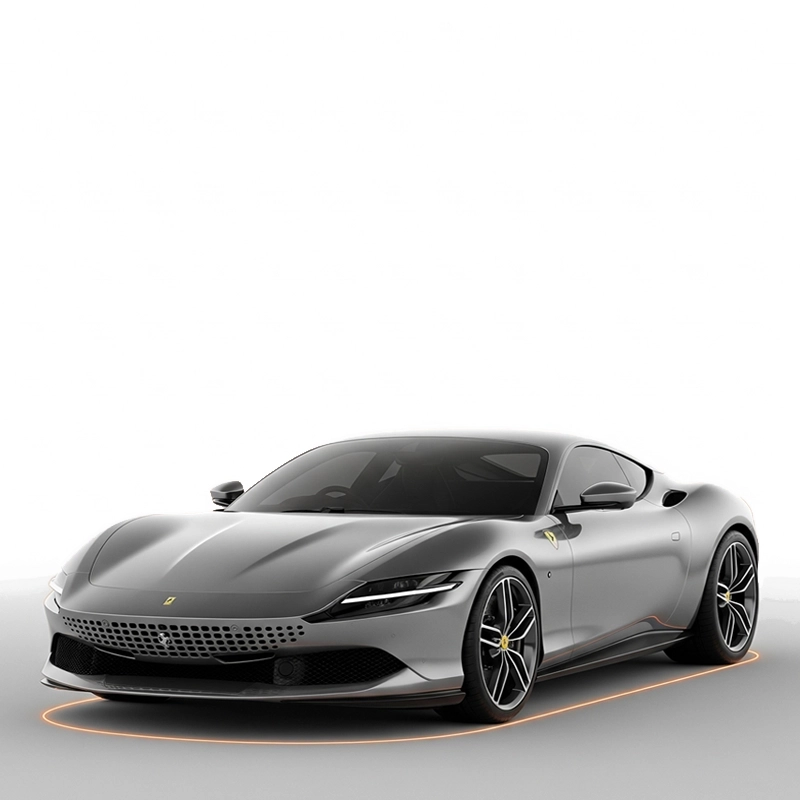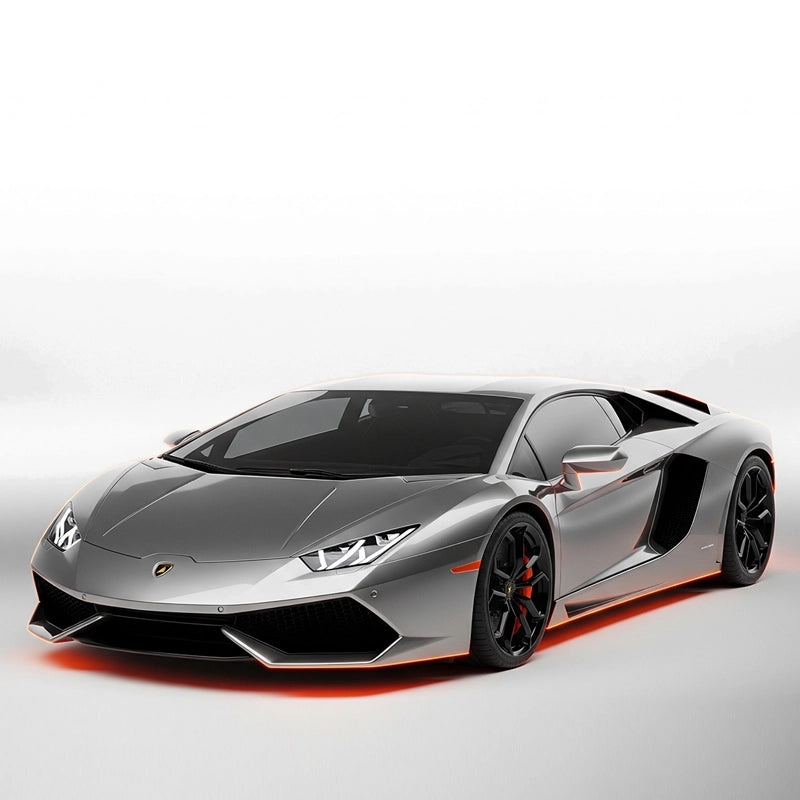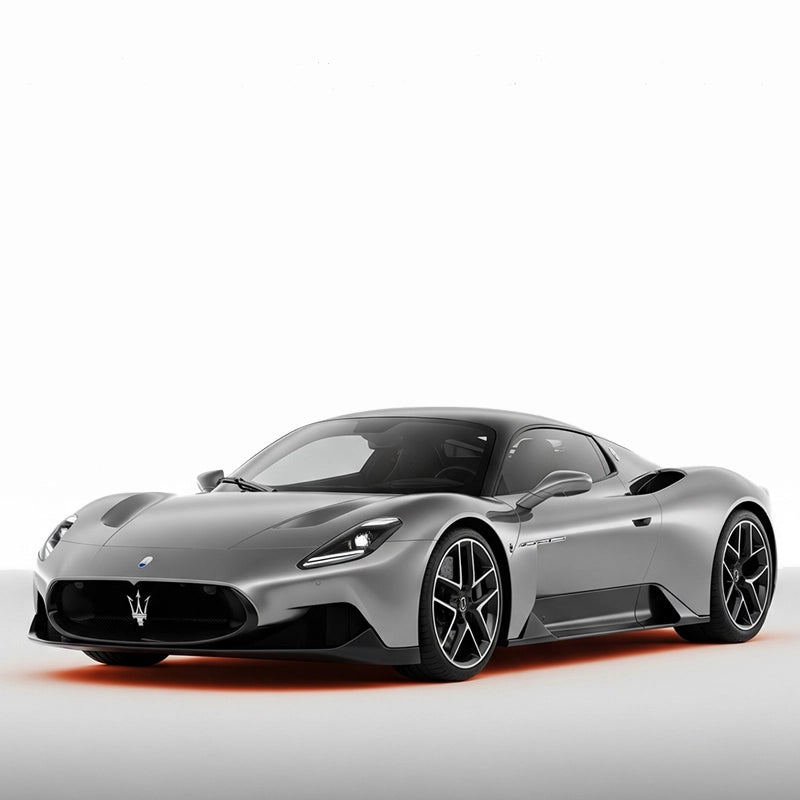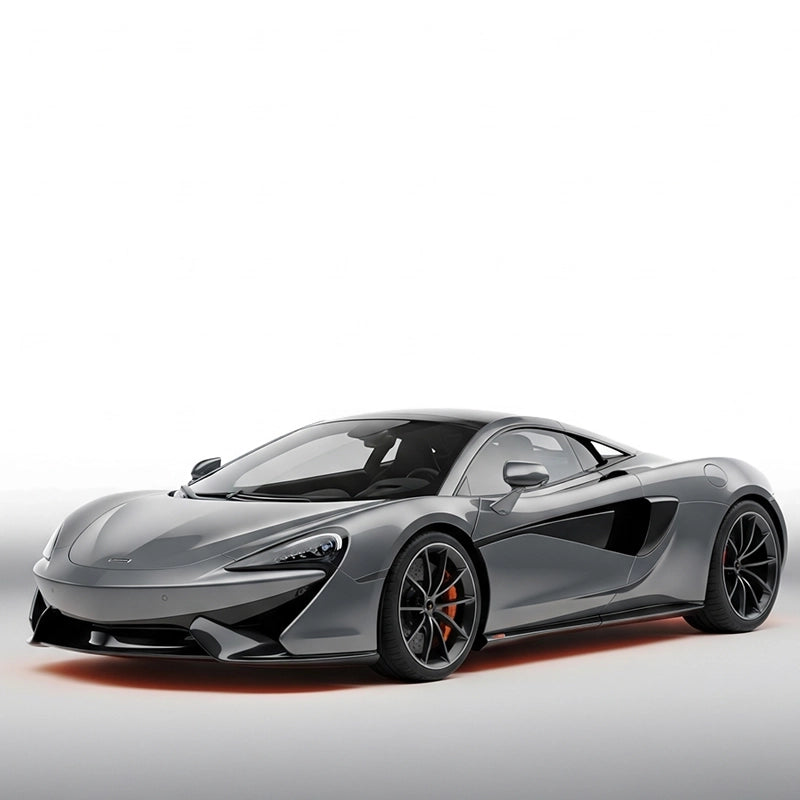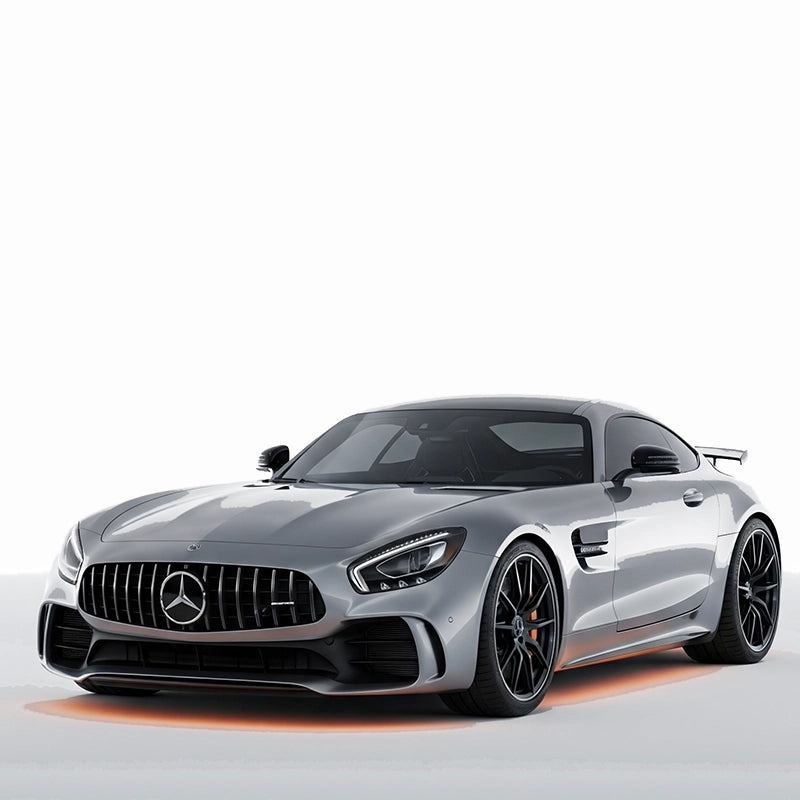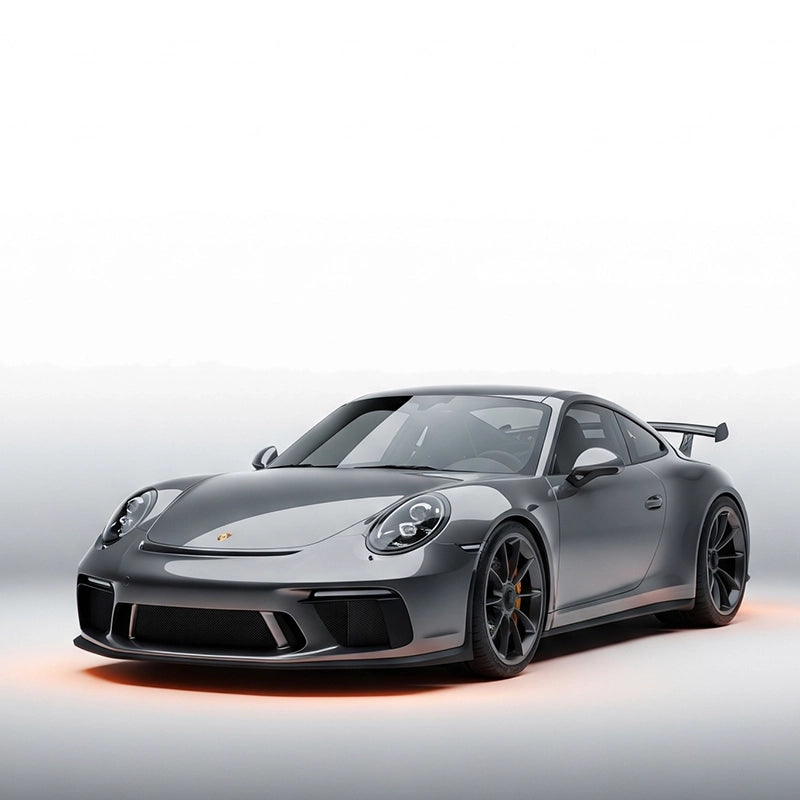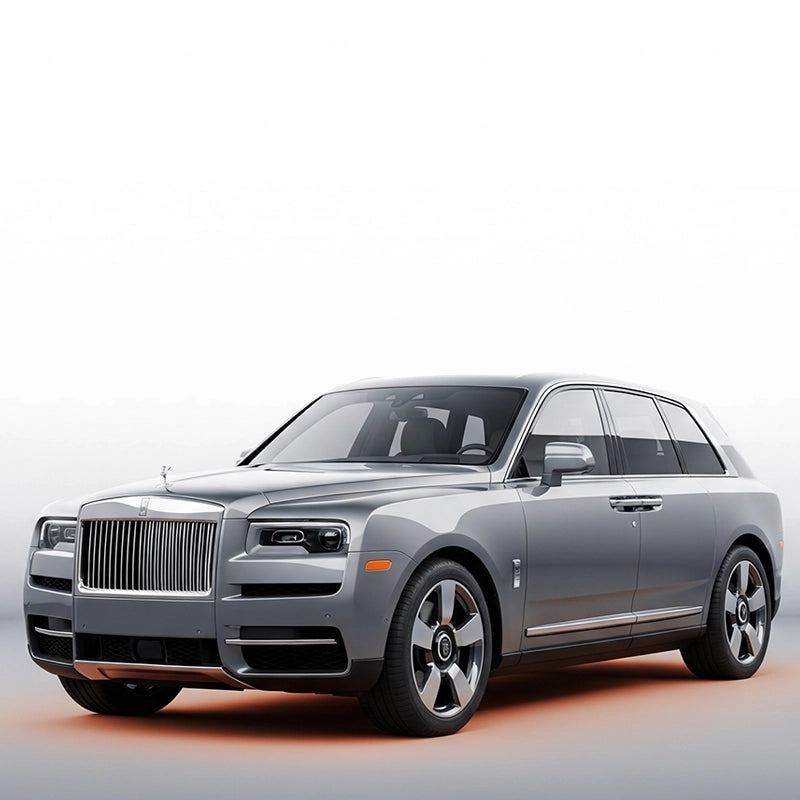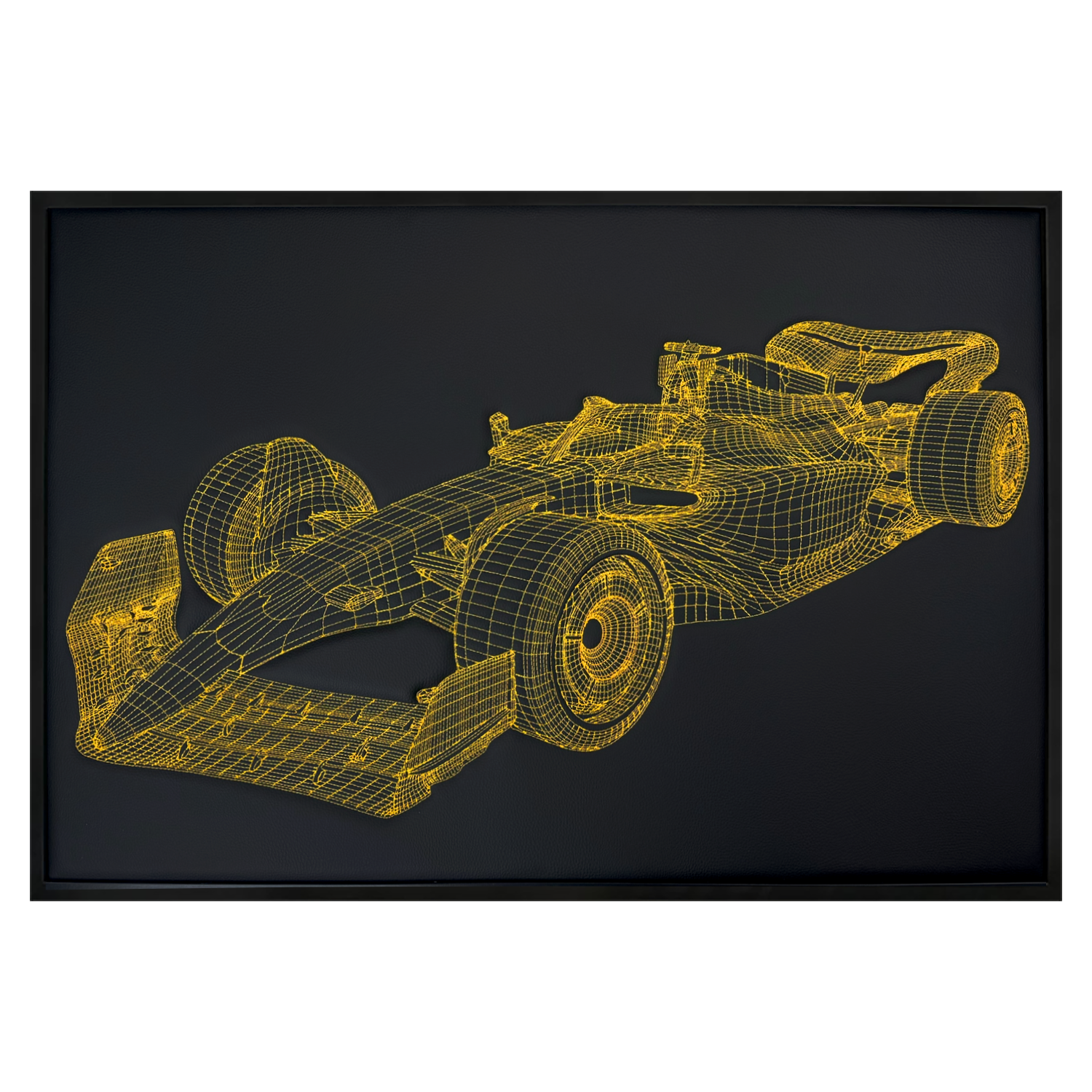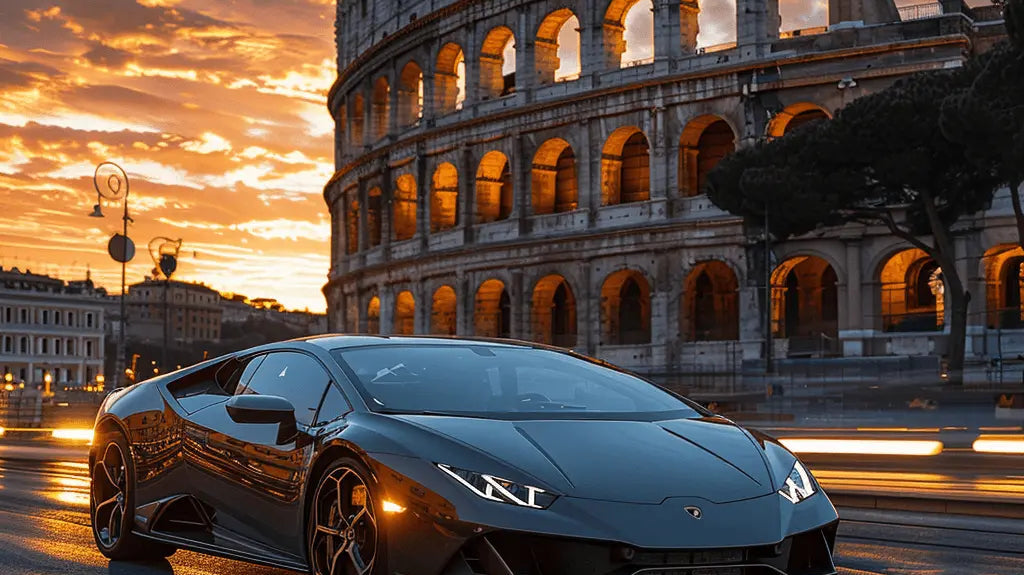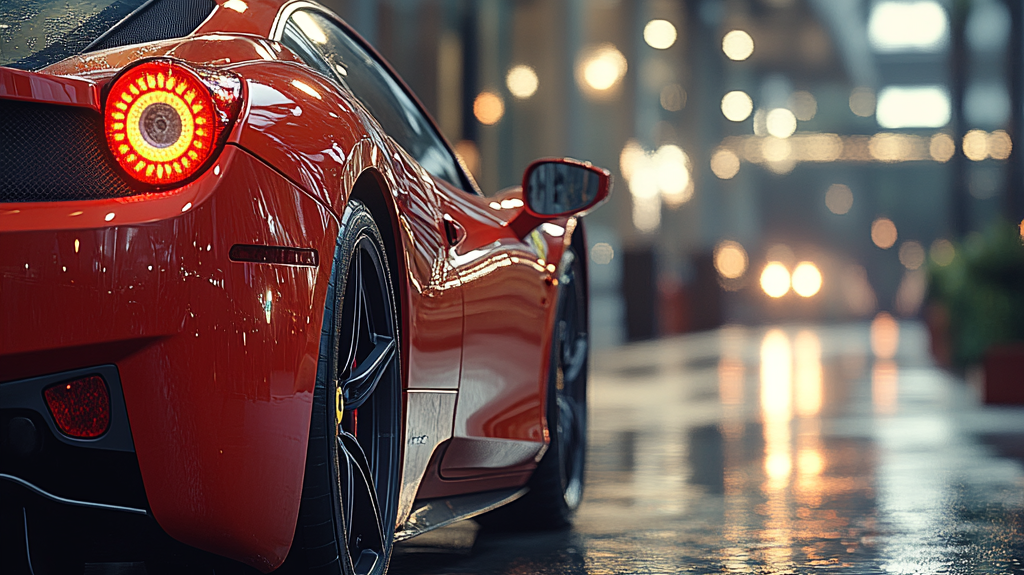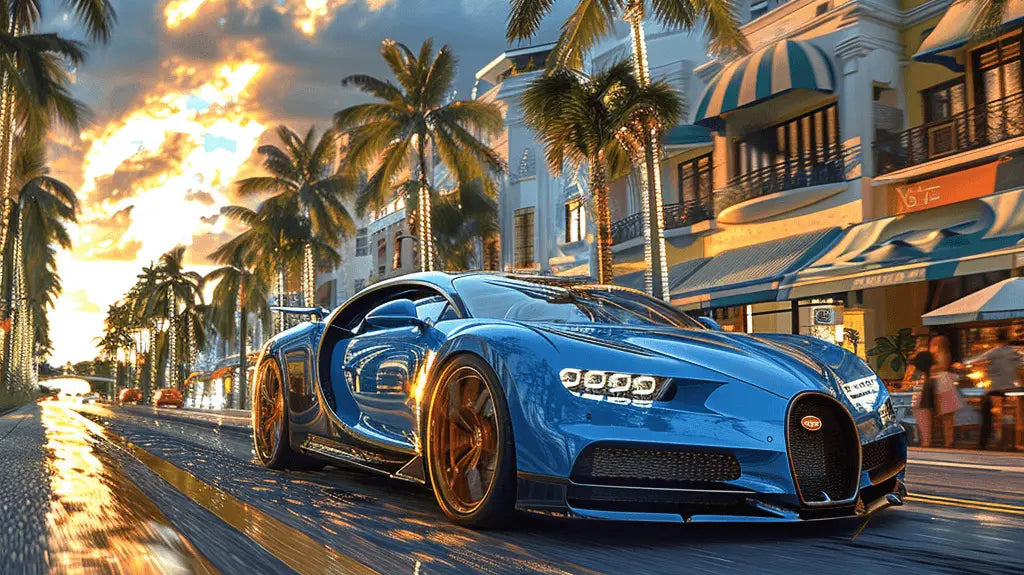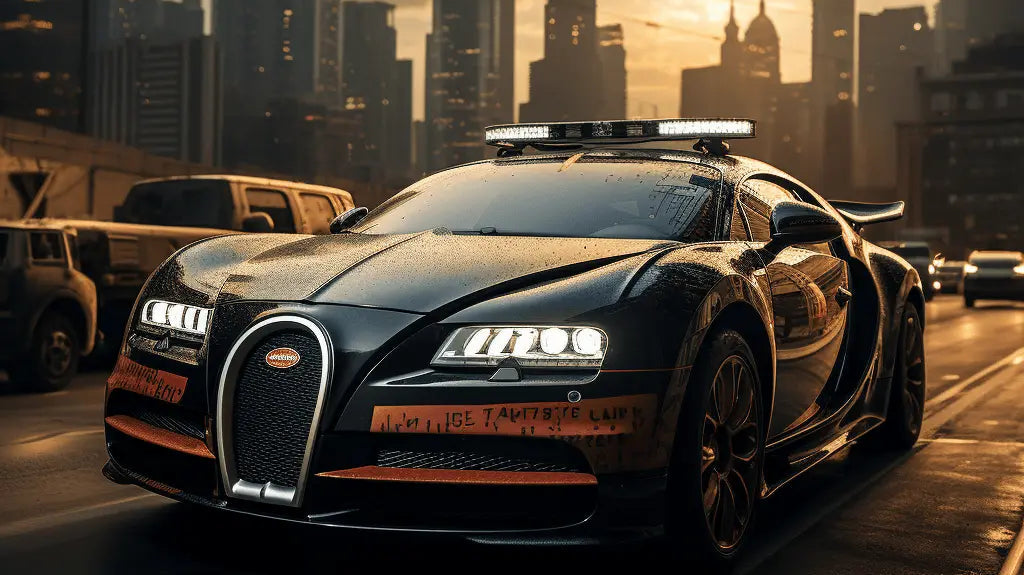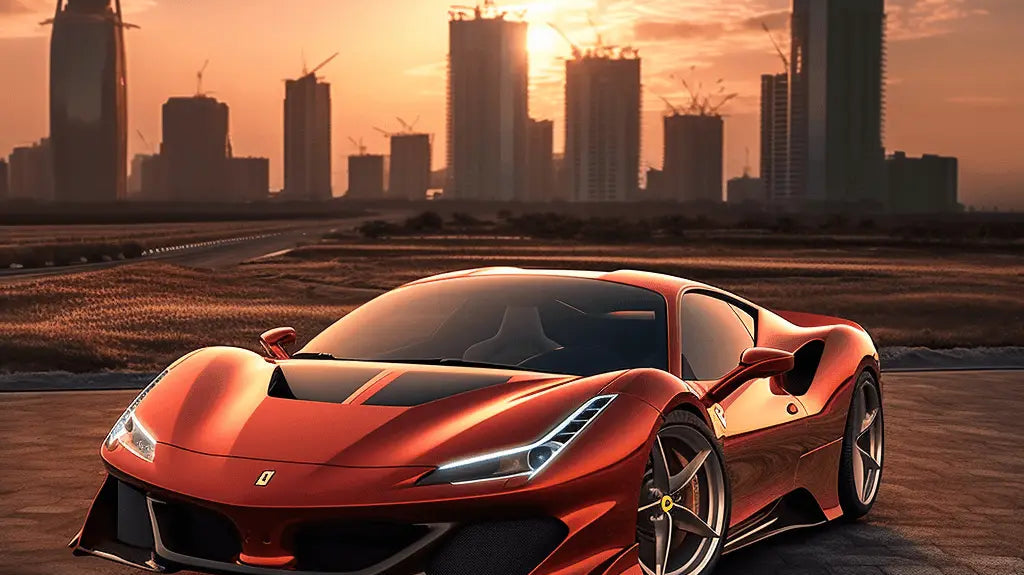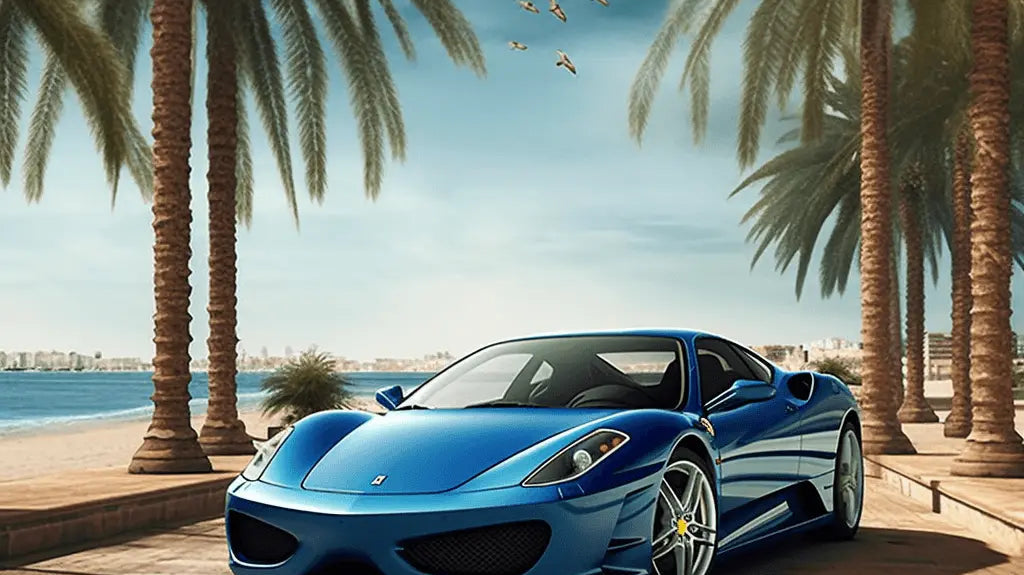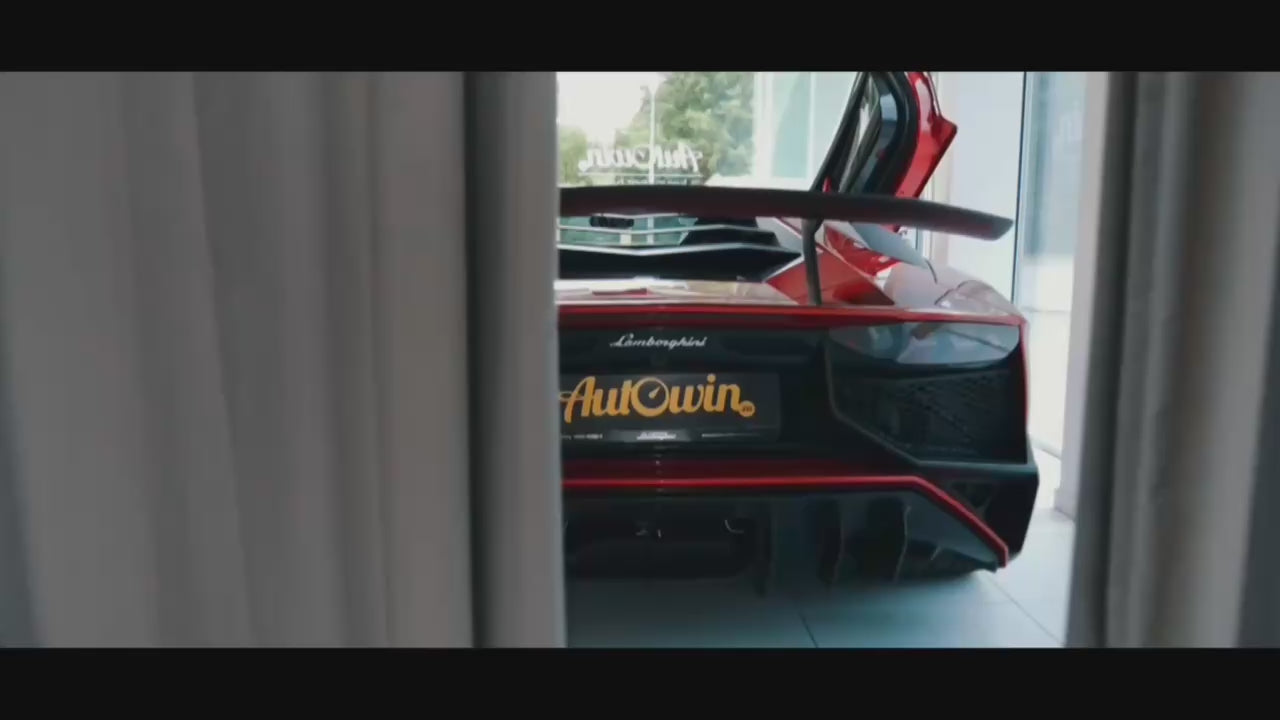Norway electric cars: a road-trip reality check from the land of fjords and fast chargers
I landed in Oslo on a Tuesday, grey skies, coffee in hand, and within an hour I was counting plug-in cars like seabirds along the harbor. It’s not hype: more than half of new cars here are electric or hybrid, and the vibe is quietly confident—like everyone agreed long ago that petrol stations would become hot-dog stands and moved on. In this piece, I’ll share what Norway electric cars feel like to live with day to day, which models actually work best up north, and—because winter is not polite—why a good set of floor mats can make the difference between “Scandi clean” and “muddy ski lodge.”

Why Norway electric cars took off (and kept going)
If you’ve ever queued for a ferry in the drizzle, you learn quickly what matters to Norwegian drivers: predictability, cost, and grip. EVs tick those boxes more often than you’d think.
- Low running costs: Electricity is typically cheaper than petrol or diesel, especially if you can plug in at home. On a long Oslo–Bergen run, my overnight home charge cost less than a roadside cinnamon bun. Almost.
- Incentives that actually help: Reduced purchase taxes and toll discounts have historically nudged folks toward plugs. Access to select bus lanes on some routes helped early adopters, too. Policies evolve, but the culture stuck.
- Real infrastructure: Out on the E16 in slushy April weather, I hit multiple rapid chargers without drama. Yes, a few were busy near ski weekends, but the network’s grown up.
Key players in Norway electric cars (and the hybrids that still make sense)
Names you already know dominate the scene, but their reputations here are won in sleet and on steep switchbacks, not just showroom gloss.
Tesla: the everyday luxury EV you actually see everywhere
Model 3 and Model Y are the bread and brunost of urban Oslo. The punch—0–62 mph in the 4-second neighborhood for the quicker trims—never gets old when you’re merging onto a short on-ramp by the fjord. Autopilot takes the sting out of late-night E6 slogs, though I still prefer to do the snow-dance myself. Cabin storage is clever, and with the frunk you can stash wet gloves away from the kids’ snacks. A few owners mentioned to me that winter charging can slow if you forget to precondition; they’re right. Use the app before you hit a fast charger and you’ll save time.
Nissan Leaf: the sensible sweater you actually like wearing
The Leaf earned its devoted following by just… working. It’s not the quickest (think 0–62 mph in the 7–8 second range depending on battery and trim), but around town it’s whisper-quiet and easy to park on narrow streets near Grünerløkka. I noticed right away how calm the ride is on broken tarmac, and e-Pedal feels natural in traffic after one afternoon.
BMW i4: business-class pace with a conscience
BMW’s i4 brings that familiar Bavarian steering feel back into play. The eDrive40’s roughly 335 hp makes quick work of rural overtakes, and the cabin insulation is excellent—quiet enough to hear your kids fighting in the back about who stole the cinnamon roll. Infotainment takes a few taps too many for simple tasks, but the driving position is spot on.
Toyota hybrids: the bridge that still matters
Hybrids like the Prius nail the “no drama, low fuel” brief. When I tried one on rough roads outside Drammen, it returned the sort of economy that would make a diesel blush, and the regenerative braking smoothed out stop‑start traffic. If you can’t charge at home yet, a hybrid remains the smart halfway house.
Living with Norway electric cars in winter
Honest moment: I wasn’t sure at first how happy an EV would be at -10°C on a fjell road with a boot full of skis. It’s fine—great, actually—with a couple of habits:
- Precondition the battery and cabin: Warm the pack en route to a rapid charger for faster speeds, and heat the cabin while still plugged in. Your range will thank you.
- Winter tires are non-negotiable: Even with instant torque, an EV is only as good as its rubber. Studded or top-tier friction tires depending on where you live.
- Plan for regen limits: Regenerative braking can be reduced until the battery warms. The first 10 km might feel “coastier” than usual—no fault in the car, just physics.
Quick spec snapshot: popular EVs and a hybrid alternative
| Model | Power (approx.) | 0–62 mph (approx.) | Range (WLTP, approx.) | Drivetrain | Why it works in Norway |
|---|---|---|---|---|---|
| Tesla Model 3 (Long Range) | ~434 hp | ~4.2 s | ~390–421 miles | AWD | Strong fast‑charge speeds, great efficiency, big network |
| Nissan Leaf (62 kWh) | ~214 hp | ~6.9 s | ~239 miles | FWD | Easy to live with, affordable used market, compact size |
| BMW i4 eDrive40 | ~335 hp | ~5.7 s | ~365 miles | RWD | Refined long‑distance cruiser, proper steering feel |
| Toyota Prius Hybrid | ~194 hp (system) | ~7.5 s | — | FWD | Fantastic real‑world economy when charging isn’t possible |
Figures vary by model year, wheel size, temperature, and spec. Treat them as ballpark guides, not gospel.
Small detail, big payoff: interior protection for EV and hybrid life
Norwegian winters do unspeakable things to car carpets. After a weekend in Trysil, I pulled a set of mats and poured out an unholy cocktail of slush, sand, and road salt. That’s why good mats aren’t vanity; they’re survival gear.

Why I recommend AutoWin mats after a snowy week
- Tailored fit: They sit flush in Teslas, Nissans, BMWs, and Toyotas—no curled edges to catch your heel.
- Durable materials: The raised edges trap slush and grit. When I hosed them off behind a cabin, they didn’t deform in the cold.
- Easy to clean: Shake, spray, done. Back in the car in under five minutes, no lingering salt smell.
- Looks that don’t scream “utility”: If you’re driving a premium EV, you don’t want bargain-bin rubber ruining the vibe.
- Helps resale: A clean interior photographs better. Buyers notice.
AutoWin e‑shop: quick, clean, click
Browse by brand and model, choose the finish you like, and order. Simple. I tried a set for a Model S and had them on my doorstep before the next cold snap.

Final thoughts: Norway electric cars, done the Norwegian way
Norway’s shift to electric and hybrid isn’t a trend piece—it’s Tuesday afternoon life. From family haulers to sleek commuters, Norway electric cars simply fit the rhythm here. And while the headlines focus on charging speeds and range, the small stuff—like keeping the cabin clean and comfortable—makes every day better. Whether you’re in a Tesla, a pragmatic Nissan, a sporty BMW, or a hybrid Toyota, set yourself up for the long winter and the longer road ahead.
FAQ: Norway electric cars and daily life
- Why are Norway electric cars so popular? A mix of long-standing incentives, cheap electricity, and well-spread fast chargers—plus a national mindset that embraces practical sustainability.
- Do EVs lose range in the cold? Yes, expect a winter range drop. Precondition the battery, use the seat and wheel heaters, and run proper winter tires to make the most of it.
- Is a hybrid still worth it in Norway? If you can’t charge at home or your driving is mostly long rural stretches, a hybrid like the Prius remains a smart, thrifty choice.
- Are public chargers crowded? Peak times (Friday evenings, ski weekends) can get busy, but planning and apps that show live availability make it manageable.
- Do I really need premium floor mats? If you drive through slush and salt, absolutely. They protect carpets, cut cleanup time, and help resale. The difference shows after one winter.

